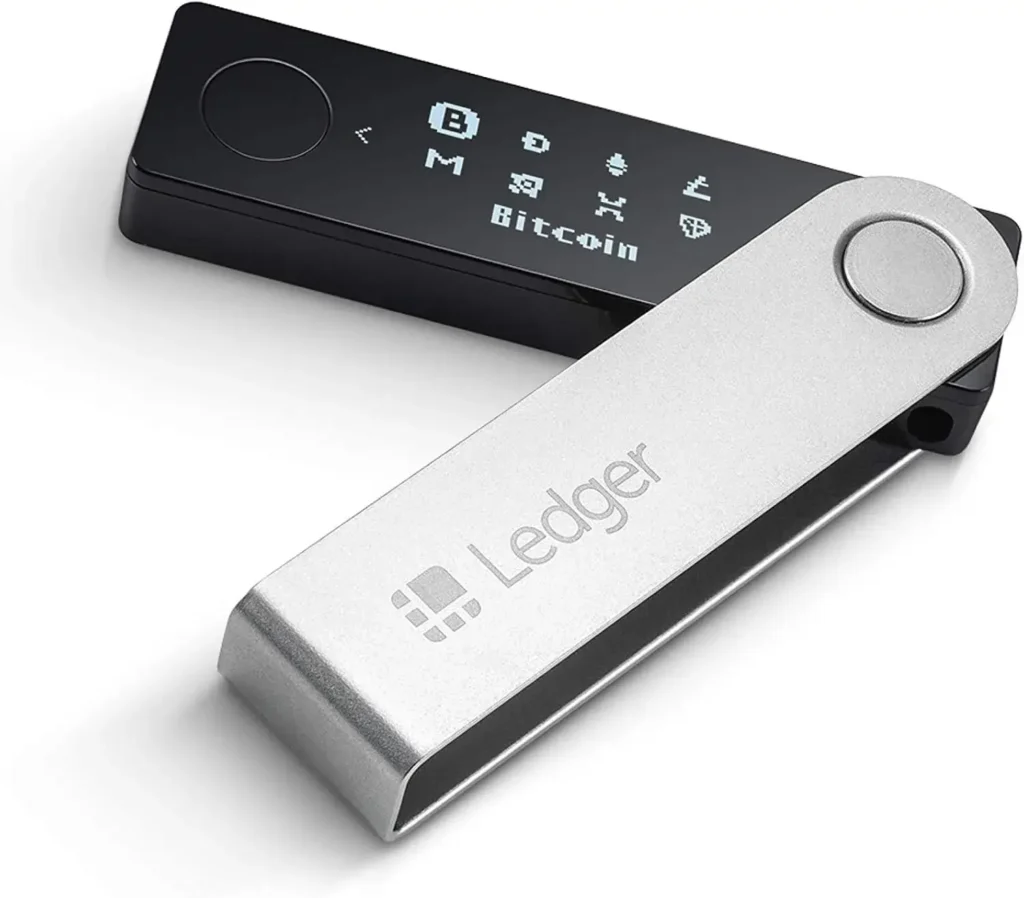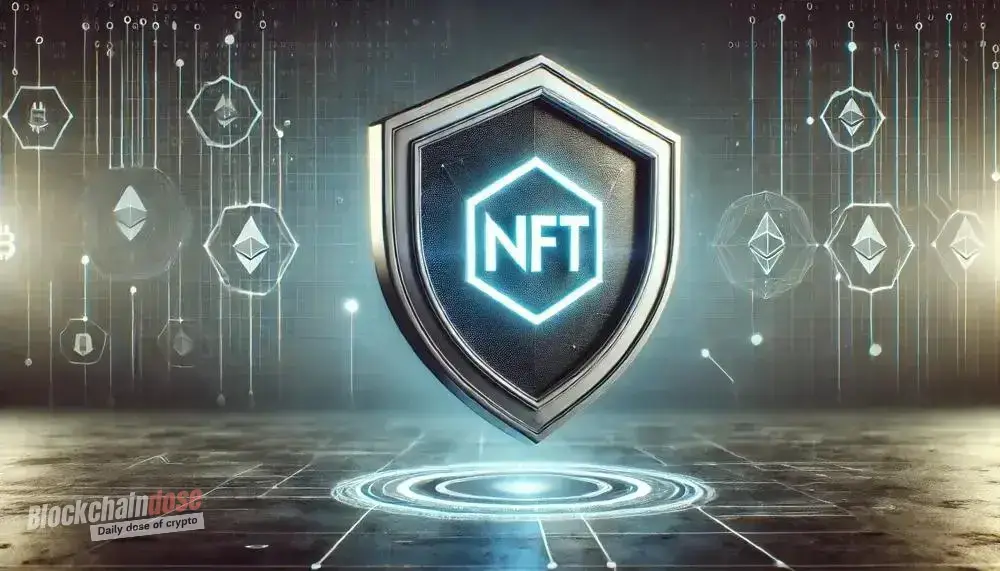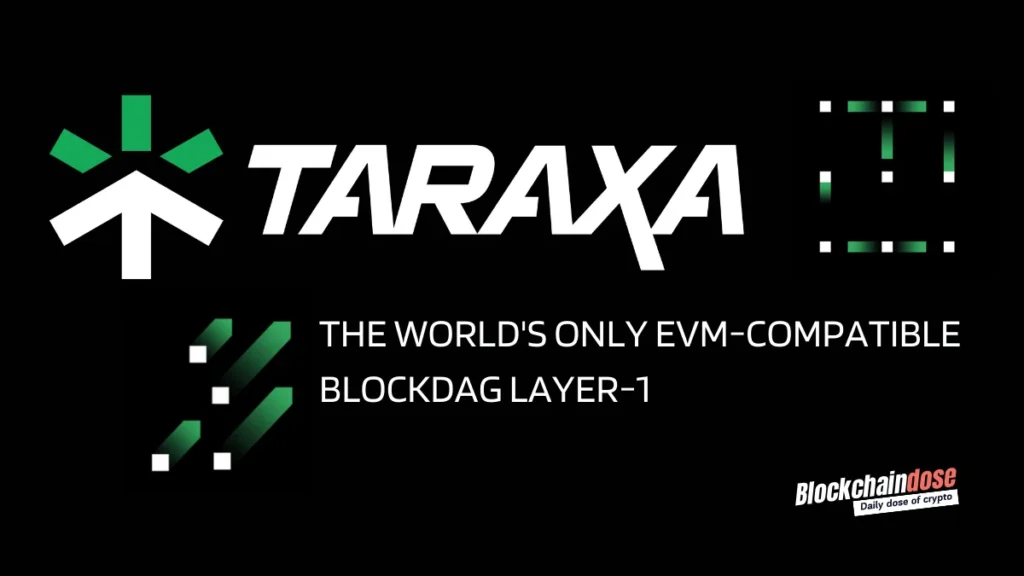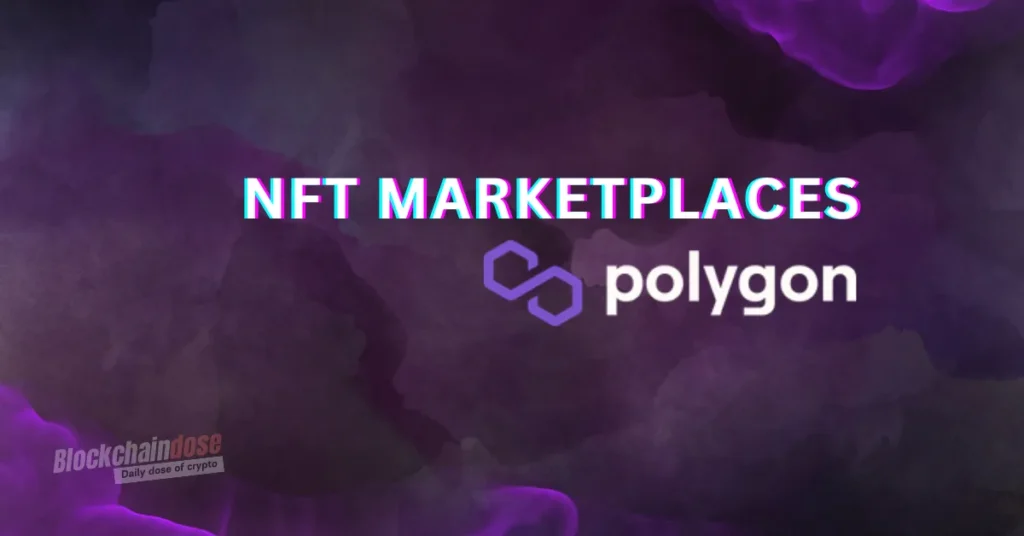NFTs, short for non-fungible tokens, are the new digital sensation. They are unique digital assets that have drastically changed our understanding of ownership and value in the digital world. NFTs differ significantly from cryptocurrencies like Bitcoin or Ethereum, which are interchangeable. NFTs represent unique items, such as art, collectibles, music, videos, or even digital real estate, and they’re far from ordinary. The most crucial aspect of NFT is its security and safety. The question that most people ask is, “Are NFTs safe?” and how can the NFT asset be secure? In this post, we provided a complete guide to it.
Why NFT Security is Important
NFT crypto works in a simple but game-changing way. Each NFT links to a specific digital item on a blockchain, usually Ethereum. This link acts like a digital signature for your virtual stuff. It makes proving ownership easy and safe. People love NFTs because they’re one-of-a-kind and rare. Some NFT artworks have sold for millions at auctions. This has gotten collectors and investors excited. Blockchain tech makes it easy to check if an NFT is real and rare. This has given a boost to many creative fields.
As NFTs get more popular, keeping them safe becomes super important. Blockchains are secure, but owning and trading NFTs still has some risks. If you’re getting into NFTs, making sure they’re safe should be a top priority.
Here’s why NFT security is crucial:
- Protect your investment
- Guard against fraud
- Ensure long-term value
- Maintain control of your digital assets
In the following sections, we will describe the essentials of NFT security and safety. Additionally, we will also cover everything from recognizing potential dangers to employing effective strategies to protect your digital investments.
Understanding NFT Security
NFT crypto is all the rage in digital art and collectibles. But with all the buzz, it’s important to know how to keep your NFTs safe. Owning cool digital stuff is fun, but you need to stay sharp about the risks. NFT security is about protecting your digital goodies from thieves and hackers. Unlike real-world art, NFTs only exist online. This makes keeping them safe a bit tricky.
NFT security mainly involves guarding your digital assets against unauthorized access or tampering. Unlike physical art or collectibles, NFTs exist only digitally, presenting unique challenges for safeguarding investments. A key security aspect is choosing a reliable and trustworthy marketplace or platform. Remember, in the NFT world, being careful is being smart. Keep your digital treasures safe, and you’ll enjoy the NFT crypto scene even more.
NFT Security Concerns: What to Watch Out For
The NFT world is exciting, but it’s not without risks. Here are some big worries in the NFT space:
- Fraud and Scams
- Between 2021 and 2022, thieves stole over $100 million worth of NFTs.
- Watch out for tricks like rug pulls, wash trading, and pump-and-dump schemes.
- Phishing Attacks
- In 2022, many NFT collectors lost their digital treasures to phishing.
- Bad guys use fake emails and messages to trick people into giving away secret info.
- High-Profile Thefts
- Even famous people aren’t safe. Taiwanese singer Jay Chou lost NFTs worth about $560,000 to a phishing attack.
- Sneaky Scams to Know About
- Fake emails or hacked social media accounts
- People pretending to be trustworthy companies
- Tricky NFTs that lead you to dangerous websites
- Market Risks
- The NFT market doesn’t have many rules yet, making it easier for scammers.
- About $328.6 million of NFT trades were linked to services that help hide where money comes from.
Safety Tips for NFT Transactions
As NFTs gain popularity, prioritizing safety and security in transactions is essential. Hackers and scammers are ever-present, looking to target unwary individuals. We’ll share practical tips for safe NFT transactions, equipping you with strategies to boost your NFT security.
Choose Platforms Wisely:
Before engaging in any NFT transaction, research your chosen platform thoroughly. Make sure it’s known for strong security and user fund protection. Look for features like two-factor authentication (2FA) or multi-signature wallets for extra security.
Get to know blockchain basics
Most NFTs use blockchain tech, like Ethereum. Blockchain uses fancy math to keep data safe. It’s spread out over many computers, making it safer than stuff kept in one place.
Check Authenticity:
In the NFT world, counterfeits are a significant risk. Always confirm the authenticity of an NFT before buying. Consider the artist’s reputation, peer reviews, and any third-party verifications.
Guard Against Scamming:
With sophisticated phishing attacks, vigilance is essential. Watch out for scamming emails or messages pretending to be from NFT platforms or renowned artists. Double-check the legitimacy by contacting the platform directly through official channels.
Safeguard Your Private Keys:
Your private keys are crucial for accessing your NFT assets. Protect them from hackers and prying eyes. For top-notch security, think about getting a hardware wallet. It’s like a super-safe piggy bank for your NFTs. Also, use extra login steps (like codes sent to your phone) for better protection.

Be Careful with Third-Party Services:
Third-party services in the NFT space offer various features but also come with risks. Before using any service, investigate its reputation, read user reviews, and understand their security measures.
By following these tips and using safe transaction strategies, you’ll greatly reduce the risk of scams or asset loss. With the right precautions, NFTs can be secure. Stay informed and aware of potential threats in this dynamic field.
Are There Any Tools to Make Your NFT Safe and Secure?
Yes, there are multiple tools you can use to make your NFT secure and safe. Here’s a brief explanation of tools specifically designed to enhance the security of your NFTs:
Smart Contract Security Tools:
MythX
MythX is a security analysis platform for Ethereum smart contracts. It provides automated and manual security analysis to identify vulnerabilities and potential issues in your smart contract code.
Slither
Slither is a static analysis framework for Ethereum smart contracts. It helps you identify and fix security issues in your smart contract code by analyzing the codebase for potential vulnerabilities.
Blockchain Security Audits:
Reputable firms specializing in blockchain security audits, such as ConsenSys Diligence or OpenZeppelin, conduct thorough reviews of your smart contract code and associated components to identify and mitigate security risks.
Digital Signatures:
Tools like OpenPGP or libraries in programming languages (e.g., cryptography libraries in Python or the Web3 library for JavaScript) can be used to implement and verify digital signatures, adding an extra layer of authenticity to NFT-related transactions or messages.
Metadata Encryption:
Utilize encryption tools or libraries to encrypt sensitive information within your NFT metadata. This can include personal details or any confidential information associated with the NFT.
Remember to carefully assess and choose tools based on your specific needs and the blockchain platform you are using for your NFTs. Regularly updating these tools and staying informed about the latest security practices is essential to maintaining the security of your NFT assets.
Future of NFT Security 2024
Creators and collectors need to keep up with the latest in NFT security. One exciting NFT trend is blending blockchain technology with biometric authentication.
Using biometrics like fingerprints or facial recognition, NFT platforms can ensure that only authorized users access and transfer these assets. This step adds crucial security and lessens risks like unauthorized access or fraud.
Also, improvements in encryption are key to enhancing NFT security. Advanced encryption can protect NFT-related data and block unauthorized changes to ownership records. As hackers’ methods evolve, platforms must continually update their encryption to safeguard user assets.
Regulatory measures are another factor shaping NFT security’s future. With governments recognizing this market’s significance, expect more regulations to protect investors and curb illegal activities. These may include compulsory identity verification (KYC) for NFT transactions.
Though some may see these rules as limiting anonymity, they’re vital for a safe, transparent market. Education is equally important in boosting NFT security. Creators and collectors must stay informed about best practices for safeguarding digital assets. Platforms should offer resources like security guides and transaction precautions.
Arming users with knowledge and tools enhances the NFT ecosystem’s overall security. A combined approach is necessary to keep NFTs secure in this evolving landscape.
Conclusion – NFT Safety and Security Tips
NFTs are exciting, but keeping them safe is super important. Choose trustworthy platforms, learn blockchain basics, and watch out for scams. Use special tools like hardware wallets for extra security. As NFTs grow, new safety measures like fingerprint checks and better data protection are coming. The government might also step in with new rules to protect buyers and sellers. Remember, in the NFT world, being careful is being smart. By staying informed and alert, you can enjoy collecting and creating NFTs without too much worry. Keep learning about new security tricks, and you’ll be able to have fun with your digital treasures while keeping them safe and sound.




